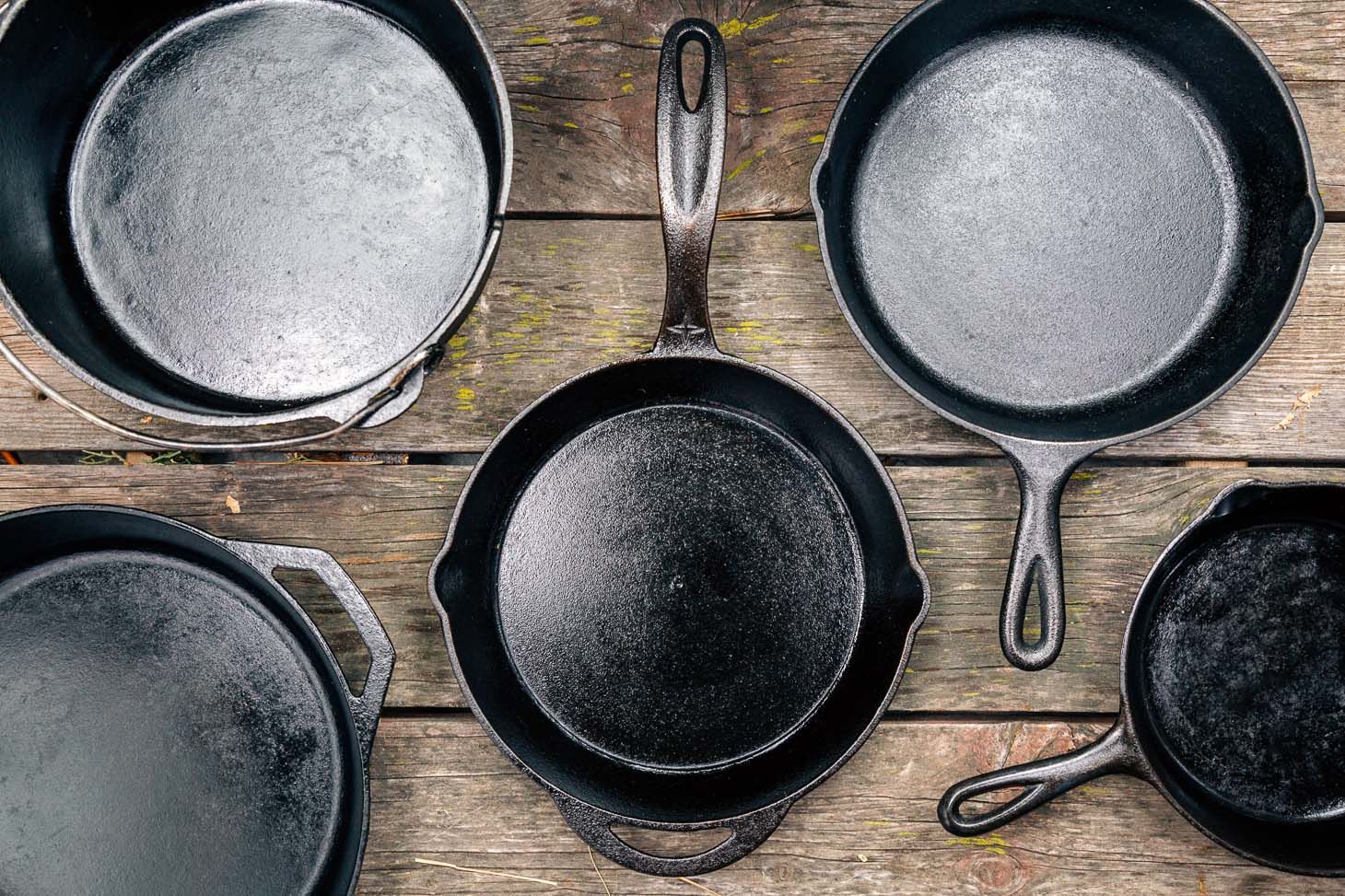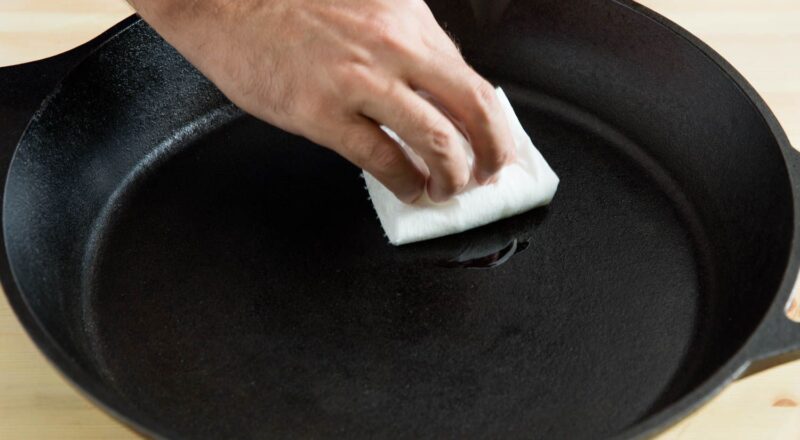The world of cookware is vast and varied, but few materials have captured the attention and admiration of cooks like enameled cast iron. Enameled cast iron is known for its durability, aesthetic appeal, and health benefits. By now, you might be wondering, what is enameled cast iron? Let’s take a deep dive into this tremendous technology and see why it’s a favorite among health-conscious individuals.

The Origins of Enameled Cast Iron
History of Cast Iron Cookware
Cast iron has been used for centuries. Its origins can be traced back to ancient China and Europe. Traditional cast iron cookware was initially prized for its sturdiness and capacity to retain heat.
The Introduction of Enameling
While classic cast iron already had a loyal following, manufacturers began experimenting with enameling to address some of its drawbacks. Enameling involves applying a layer of vitreous enamel to the surface of cast iron. This layer provides a protective shield and adds a splash of color and style to the cookware.

Benefits of Enameled Cast Iron
Health Benefits
One of the standout advantages of enameled cast iron is its health advantages:
1. Non-Reactive Surface
Unlike raw cast iron, the enamel coating is non-reactive. This means you can cook acidic foods like tomatoes without worrying about the iron leaching into your food.
2. Easy to Clean
The smooth, glassy surface makes cleaning and maintenance a breeze, reducing the effort and time required.
Cooking Advantages
Beyond health, there are various cooking benefits:
1. Heat Distribution and Retention
Enameled cast iron excels in even heat distribution and retention, ensuring that your dishes cook uniformly.
2. Versatility
From stove to oven, enameled cast iron handles it all. Whether you’re frying or baking, this cookware can do it all.

Popular Uses of Enameled Cast Iron
Everyday Cooking
For everyday dishes, enameled cast iron proves invaluable. Its ability to maintain consistent heat makes it perfect for tasks like cooking hash browns.
Baking and Roasting
When it comes to baking or roasting, there’s nothing like using an enameled cast iron Dutch oven to prepare hearty roasts or delicious baked goods.
Specialized Dishes
Certain recipes shine when using enameled cast iron, such as a homemade pot roast or even a classic shepherd’s pie.

Care and Maintenance
Daily Care Tips
Caring for your enameled cast iron isn’t difficult. Rinse it out with warm water and mild soap after each use. A soft sponge or cloth will help maintain the enamel finish.
Deep Cleaning
For tougher stains or stuck-on food, soaking the cookware with a mixture of baking soda and water will do the trick. Using non-abrasive scrubbers ensures that the enamel remains intact.
Frequently Asked Questions
Is Enameled Cast Iron Safe for High Heat?
Yes, enameled cast iron can withstand high temperatures, making it versatile for various cooking techniques.
Can I Use Metal Utensils on Enameled Cast Iron?
While it’s best to use wooden or silicone utensils to avoid scratching the enamel, occasional use of metal utensils is generally safe.
Does Enameled Cast Iron Require Seasoning?
No, unlike traditional cast iron, enameled cast iron doesn’t need to be seasoned.
As an Amazon Associate, I earn from qualifying purchases.

